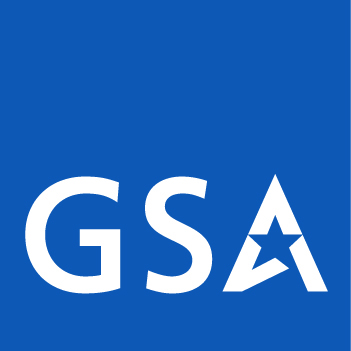WATER CONSERVATION / EFFICIENCY
Conservation of water has become a requirement for many facilities, cities, states and the federal government. The need to conserve is now a worldwide endeavor and with a heightened sense of urgency. This need is driven by three main reasons: the availability of water, current sewer capacity and rising costs or budget cuts. The other important word to know and foster is water efficiency - the implementation of fixtures and products to achieve water conservation goals.
Another issue with water in general is not only the simple availability but the health effect available water has: having water fairly readily available in homes and places of habitation improves sanitation. Improved sanitation leads to better health and education in general. Financial benefits are also derived if water is readily available as no one has to spend time hauling it sometimes from many miles away, which time could be spent more productively for a family or community.
There are many product categories which help and improve water efficiency:
Most water saving toilets and urinals are still flushed with potable water and it is estimated that up to 20% of the available drinking water in the world is flushed down the drain, wastefully. In addition, leakage of water delivery lines may add an additional 8% to the above.
Toilets come in a large variety of models, flushing types and applications. In most of the Western World urinals use from 3.5 gal down to .8 gal per flush. Then there are water saving toilets such as waterless toilets which work for example on a mulching system, incineration system or simply a collection system basis. These are mostly installed in outlying areas, camps or parks. Non-water using toilets are often a first step for remote areas or countries where water infrastructure is not readily available.
For flushed urinals it is the same, they come in a large variety of models, flushing types and applications. Urinals have been installed for about the past 90 years, using mostly 3 gal per flush. In new installations today, most urinals use less than 1 gal, with some working at .5 gal or .124 gal per flush. The next generation have been Waterless No-Flush™ urinals that offer zero water consumption and have been around and installed for about 25 years.
A touch-free, waterless urinal saves on average 20,000 to 45,000 gallons of water a year. Twenty-two Waterless urinals can save up to 1,000,000 gallons of water per year!
For example, it can be estimated that there are approximately eight to nine million flushed urinals installed in the US alone, with approximately 100 million people using these fixtures on a daily basis. Assuming an average two gallon flush, the potable water use of urinals alone in this country is approximately 160 billion gallons per year! And for water saving toilets it could be at least twice that.
160 billion gallons of water is equivalent to the water usage of 490,000 homes or 1.9 million people per year. This vast amount of outflow to the sewer and septic systems can be eliminated in addition to the use of chemicals to treat this effluent amount.
On your local level this could mean: A typical office building restroom with three urinals and 120 men equals a yearly water use of 237,600 gallons of potable water flushed down the drain. This assumes three uses per person per day and only 220 working days.
For large facilities such as convention centers or hotels, there are so called water brooms. These can take the place of using a hose, even with a nozzle, for cleaning efficiently large surfaces. They have a wide front to cover areas better, have high tech spray nozzles and save about 60% of the water normally used with a hose.
For restaurants, a lot of water is wasted cleaning dishes. New so-called prerinse spray washers/nozzles can be employed to reduce water use by as much as 40%.
Be it water saving toilets, zero flush urinals or water brooms, these are all proven easy to employ/install products which help save valuable water and costs for a facility.
Please contact your local water district for available rebates or contact our office for rebate information.











